The very essence that makes Japan so uniquely appealing—its deep-rooted customs and etiquette—also necessitates a level of mindfulness and respect from those who visit.
Steeped in centuries of history, the country’s unique culture is endlessly fascinating but can be confusing to visitors.
EXO encourages travellers to take time to understand and adhere to Japanese etiquette. It is not only a sign of respect but also is an integral part of experiencing the country and connecting with authentic Japanese culture.
EXO Travel’s team is composed of local residents, guides and expats, all with a deep passion and understanding of Japanese culture. To help guests navigate this remarkable culture, EXO has prepared Responsible Travel Tips including an overview of cultural norms.
In this blog, we take a closer look at essential etiquette for travellers, highlighting areas where cultural norms are particularly pronounced.

When encountering a geisha or maiko, it’s important to maintain a respectful distance and photography should always be approached with permission.
Geisha etiquette: Respecting the art
Geishas are artists and entertainers, embodying centuries of Japanese culture and tradition. And although there are ‘tourist’ performances, geishas remain an important part of the local cultural fabric. When encountering a geisha or maiko (apprentice geisha) or while attending a performance, it’s important to maintain a respectful distance and photography should always be approached with permission. Photos should never be taken when the geisha or maiko is with a client.
Improper behaviour by tourists has led the Kyoto government to enforce laws that protect the privacy and well-being of the geishas. A fine of 10,000 yen (around $65 USD) is levied for those who enter or take photos of private alleys in Kyoto. This does not apply to photos along the main streets and designated areas. As a result, EXO Travel’s tours are not affected as our guides do not take guests to private alleys.

Bathers must fully wash and rinse, ensuring that all soap residue is removed, prior to entering the onsen.
Onsen etiquette: Tips for public bathing
Onsens, or hot springs, are social gathering spaces in Japan, communal yet serene. To partake in this aspect of Japanese culture, following a few guidelines is both expected and appreciated.
Bathers must fully wash and rinse, ensuring that all soap residue is removed, prior to entering the communal bath. Showers and cleansing areas are found between the changing room and the onsen for this purpose. Be careful to keep dirty towels away from the onsen water. Leave them in the cleaning area.
It is also common- and a rule at many onsens- to bathe naked, with hair covered to prevent it from touching the onsens water. And, once in the onsen, use a quiet speaking voice or stay silent. No drinking, splashing or swimming is allowed in the onsen, only soaking and relaxing.

On trains or other forms of public transportation, it is expected that passengers will keep quiet.
Public behaviour: Being respectful in shared spaces
Japan’s public spaces, including trains and buses, are epitomes of order and courtesy. It is often in these areas that travellers stand out the most in regards to behaviour.
On trains or other forms of public transportation, it is expected that passengers will keep quiet. Conversations, if necessary, should be in a low tone or whisper. Headphones should always be used for music, games or watching videos on phones and the ringer should be set to silent. Except for on express trains and bullet trains, eating and drinking on trains is considered taboo.
When in other public spaces, follow local practices such as queuing up and standing on one side of escalators to let others pass. Loud conversations, especially on mobile phones, are frowned upon and it is impolite to sit on the floor or on stairs in public. Smokers should seek out designated smoking areas as smoking on the streets or sidewalks is considered rude.

If slippers or a shoe rack are found at the entrance, that is a signal to remove shoes and either go barefoot or use the slippers provided.
Removing shoes: When and how
Japanese people never wear shoes inside of the house or temple and often remove them when entering restaurants, toilets and other buildings. Shoes are also removed before stepping or sitting on tatami mats, a common style of mat used as a flooring covering in traditional-style rooms and ryokans .
Travellers should pay careful attention when entering a building or room. If slippers or a shoe rack are found at the entrance, that is a signal to remove shoes and either go barefoot or use the slippers provided.
At non-public toilets, a pair of slippers will be waiting inside the door that are to be used only within the toilet. Change into these slippers at the entrance to the toilet and leave them inside the toilet after use.

Other tips:
- It’s customary to say itadakimasu before eating and gochisousama deshita after finishing, expressing gratitude for the meal.
- When drinking with a group, wait for everyone’s drink order to arrive then toast by saying kanpai
- When using chopsticks, avoid sticking them vertically into a bowl of rice as this resembles a funeral rite. And if dishes are being shared between diners, use the opposite end of the chopsticks to take food, showing consideration for hygiene.
- Pointing is considered rude in Japan. Instead of pointing a finger or foot or other object, wave with the full palm in the general direction.
EXO Travel’s guides and team are always willing to share more tips and on-the-spot advice to help our guests embrace etiquette guidelines and have an unforgettable Japan journey. It’s these very traditions and customs that weave the vibrant fabric of Japanese culture, offering a window into the soul of this remarkable country.



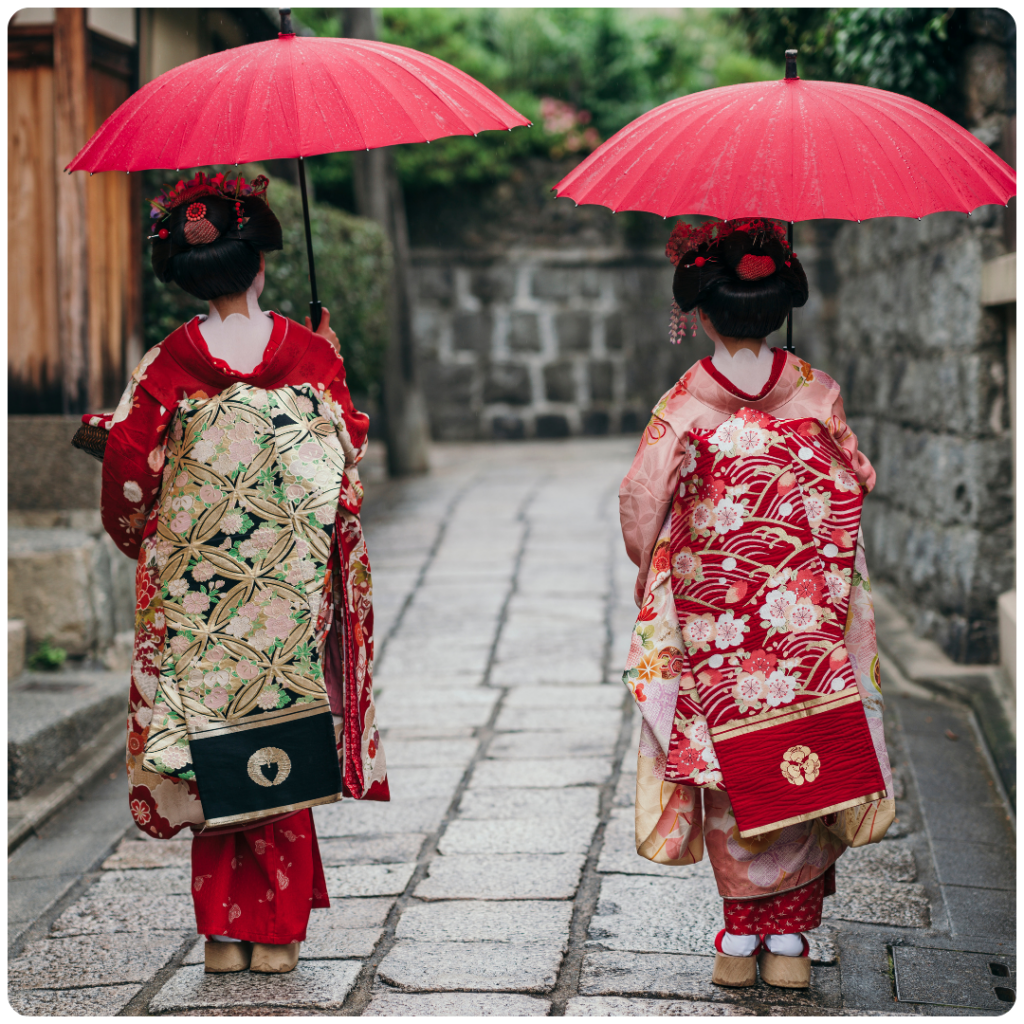

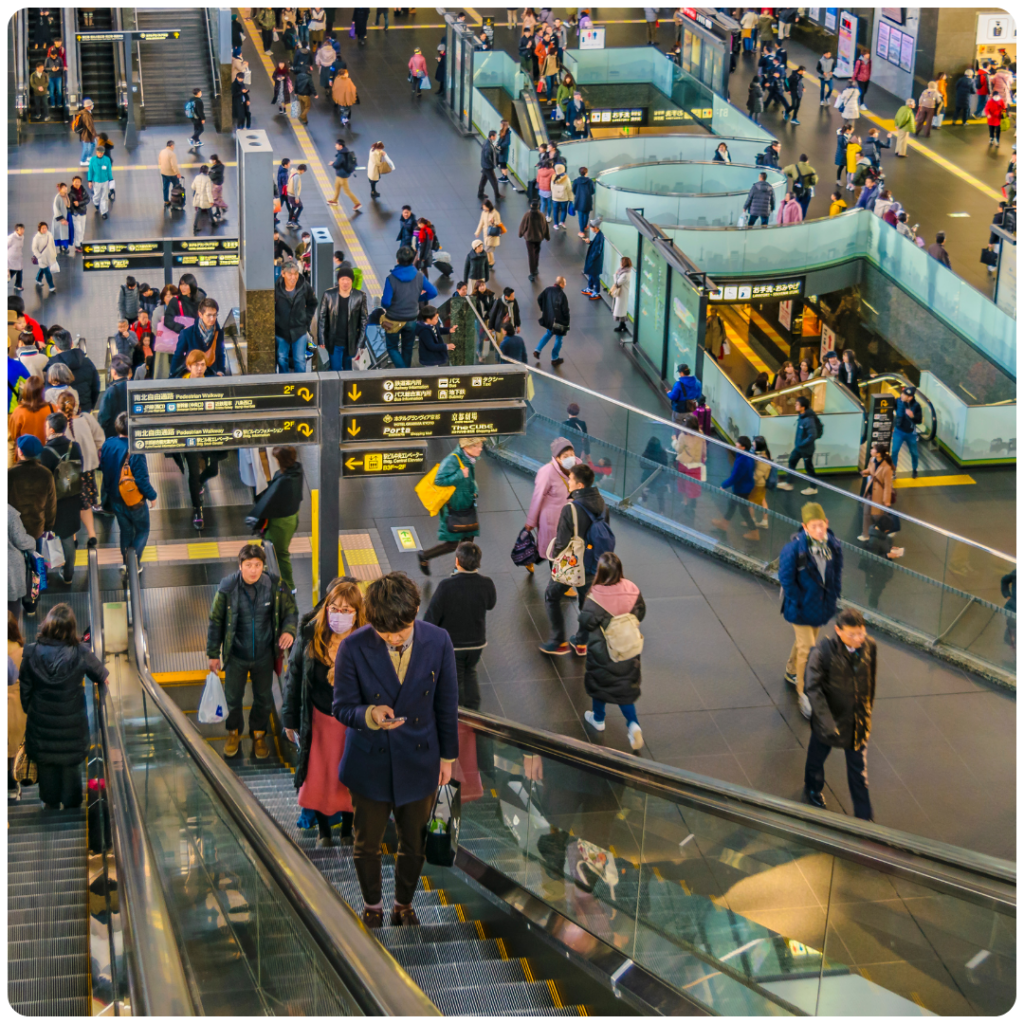


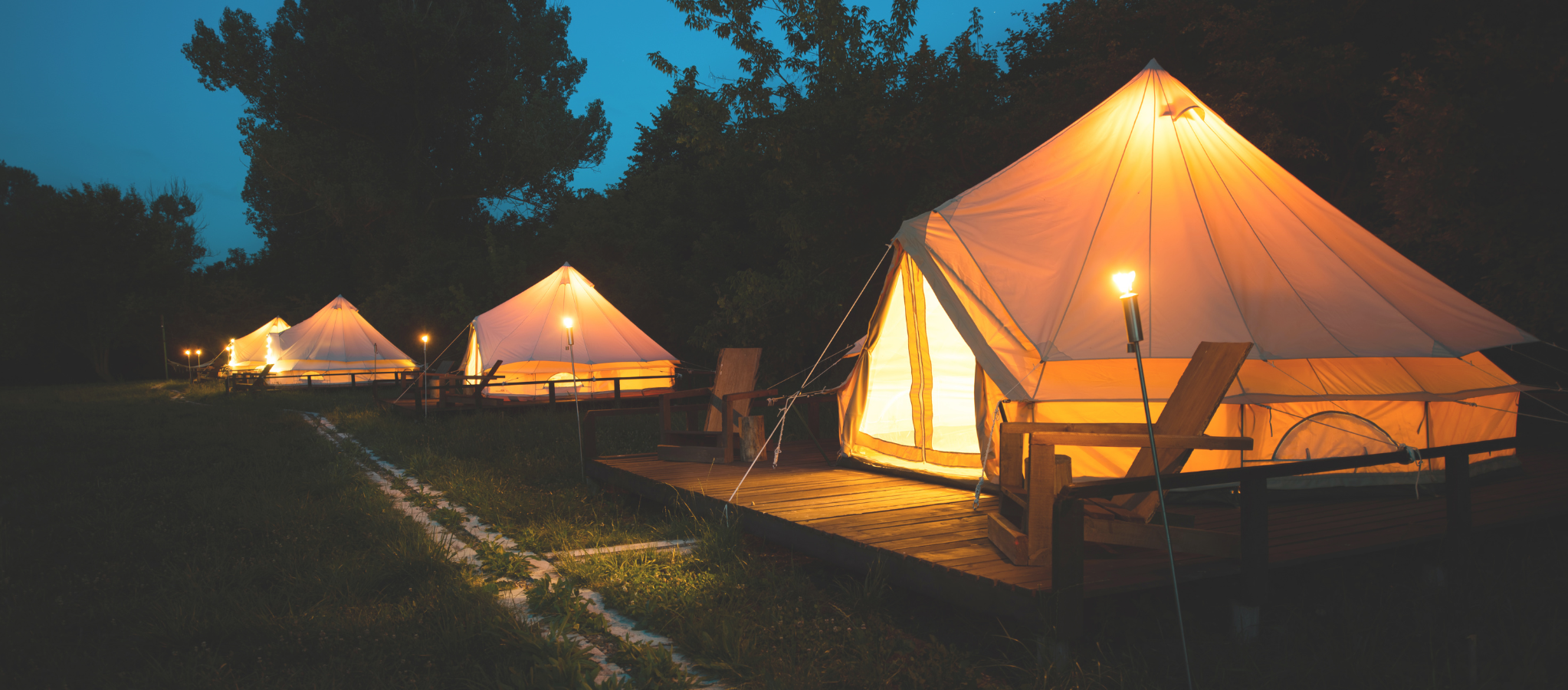 " alt="">
" alt=""> 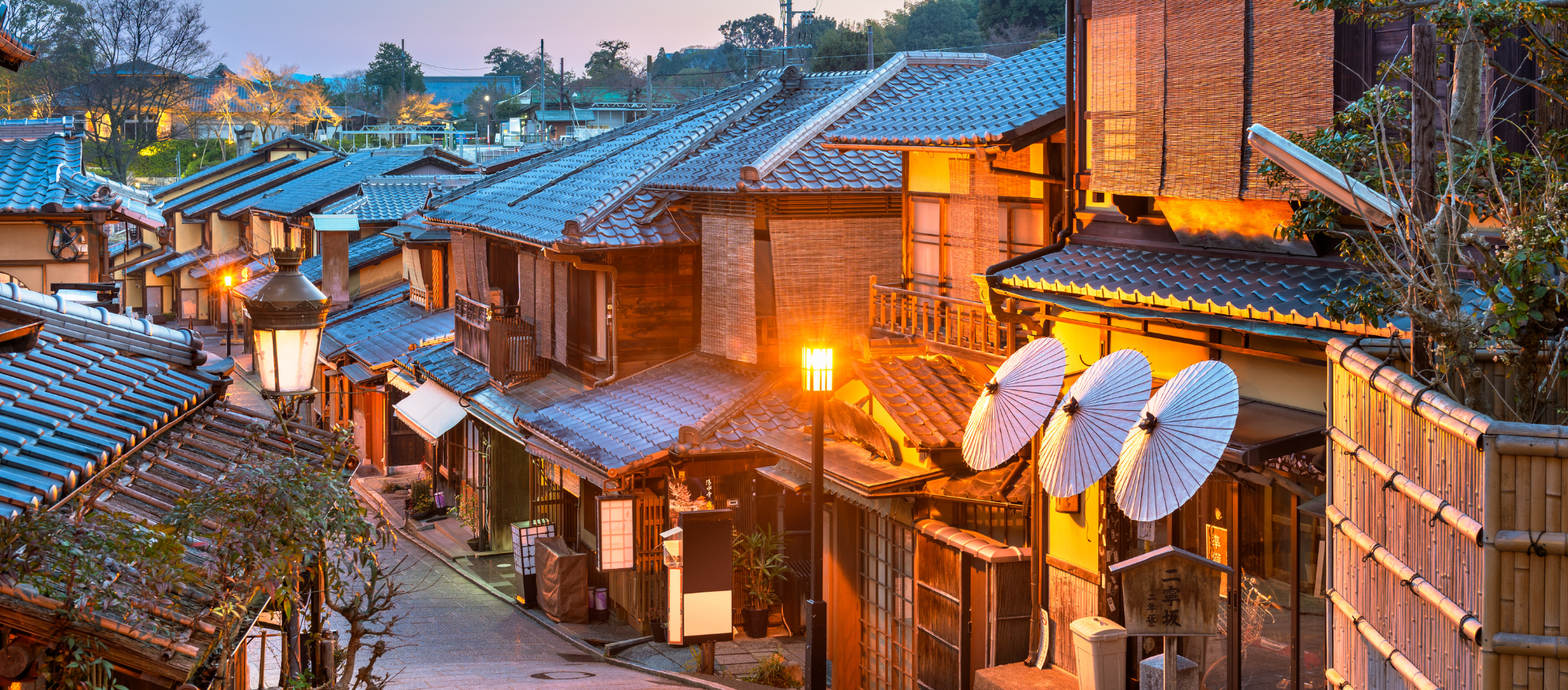 " alt="">
" alt=""> 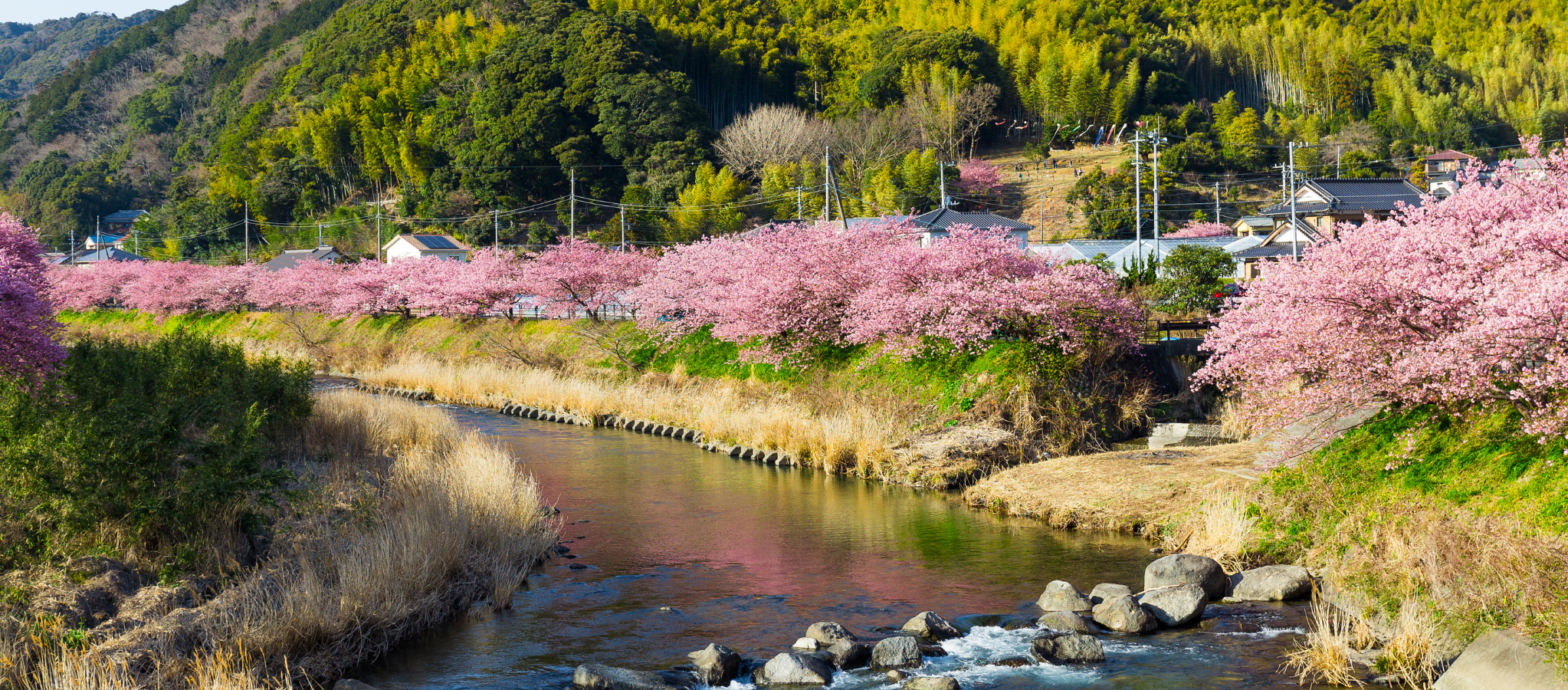 " alt="">
" alt=""> 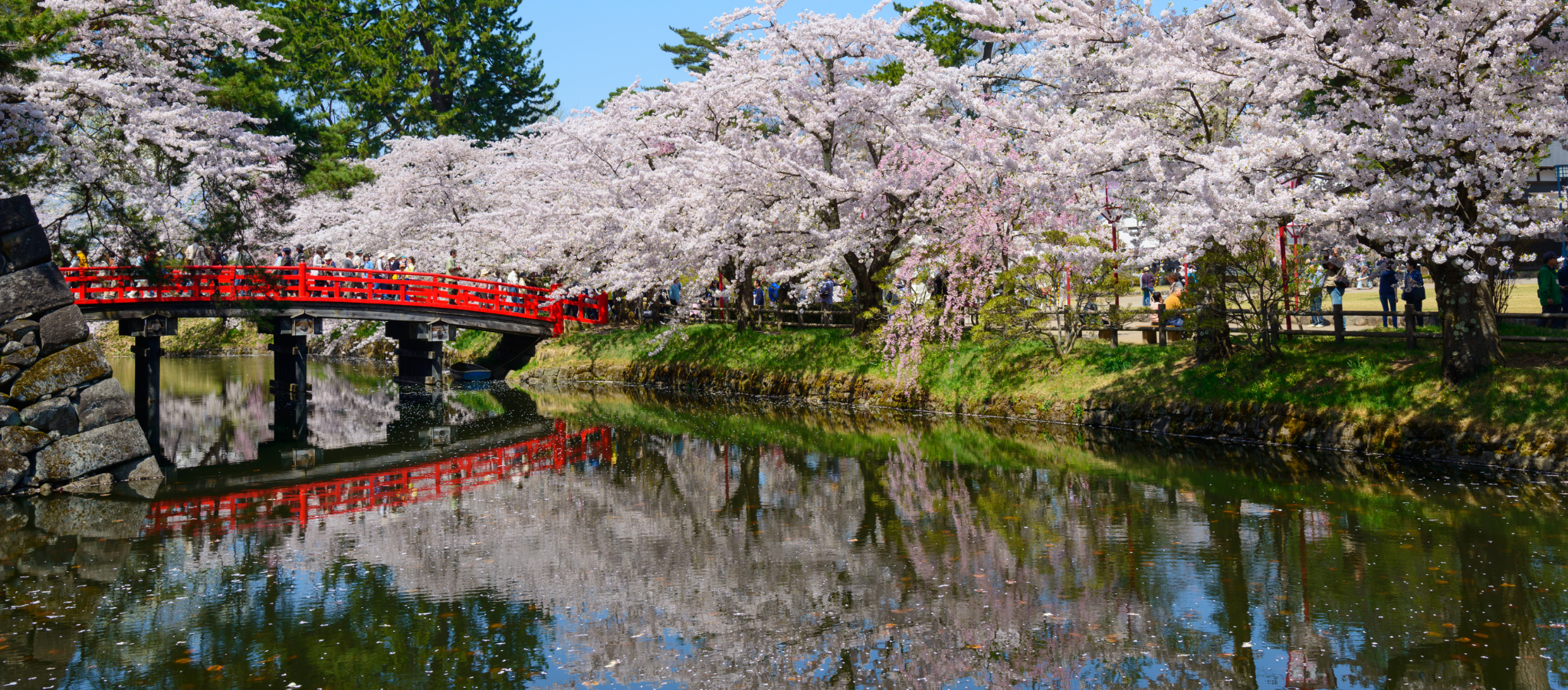 " alt="">
" alt=""> 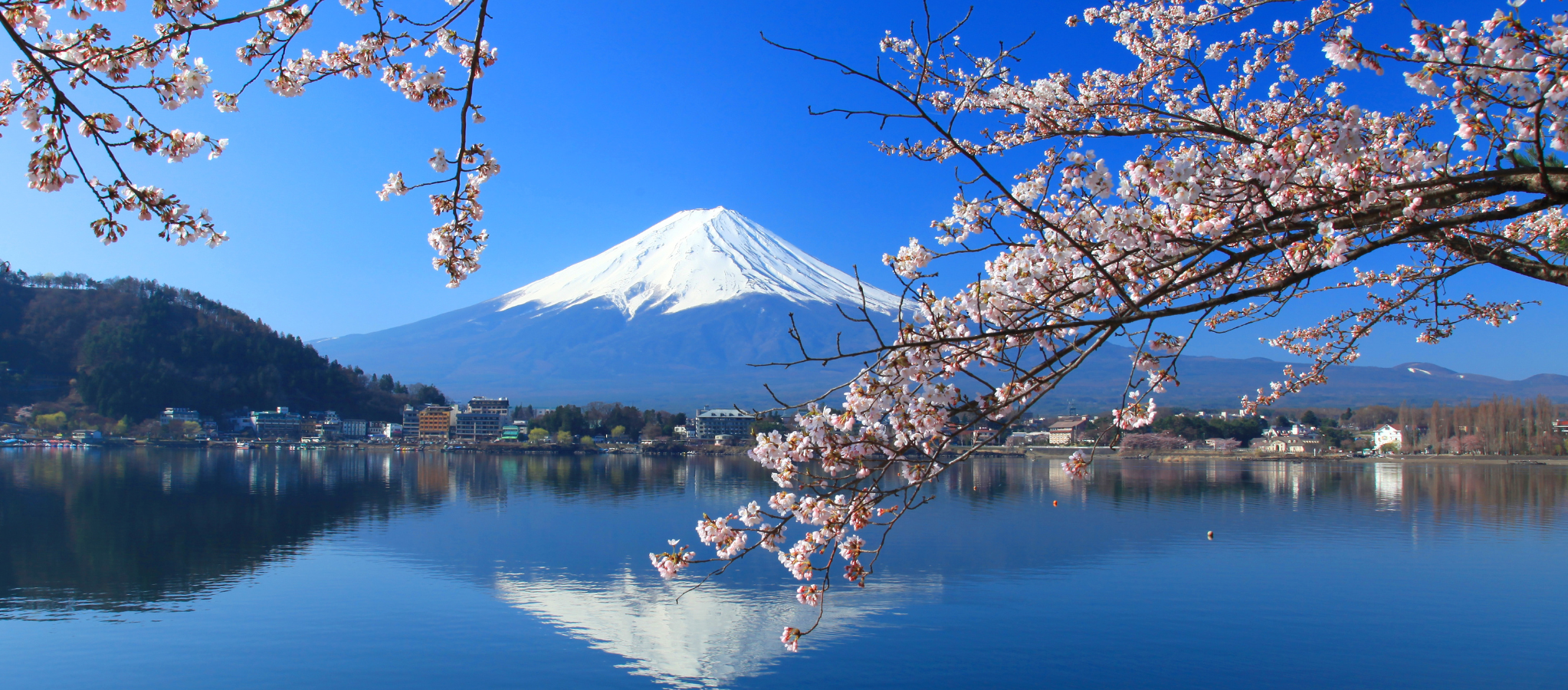 " alt="">
" alt=""> 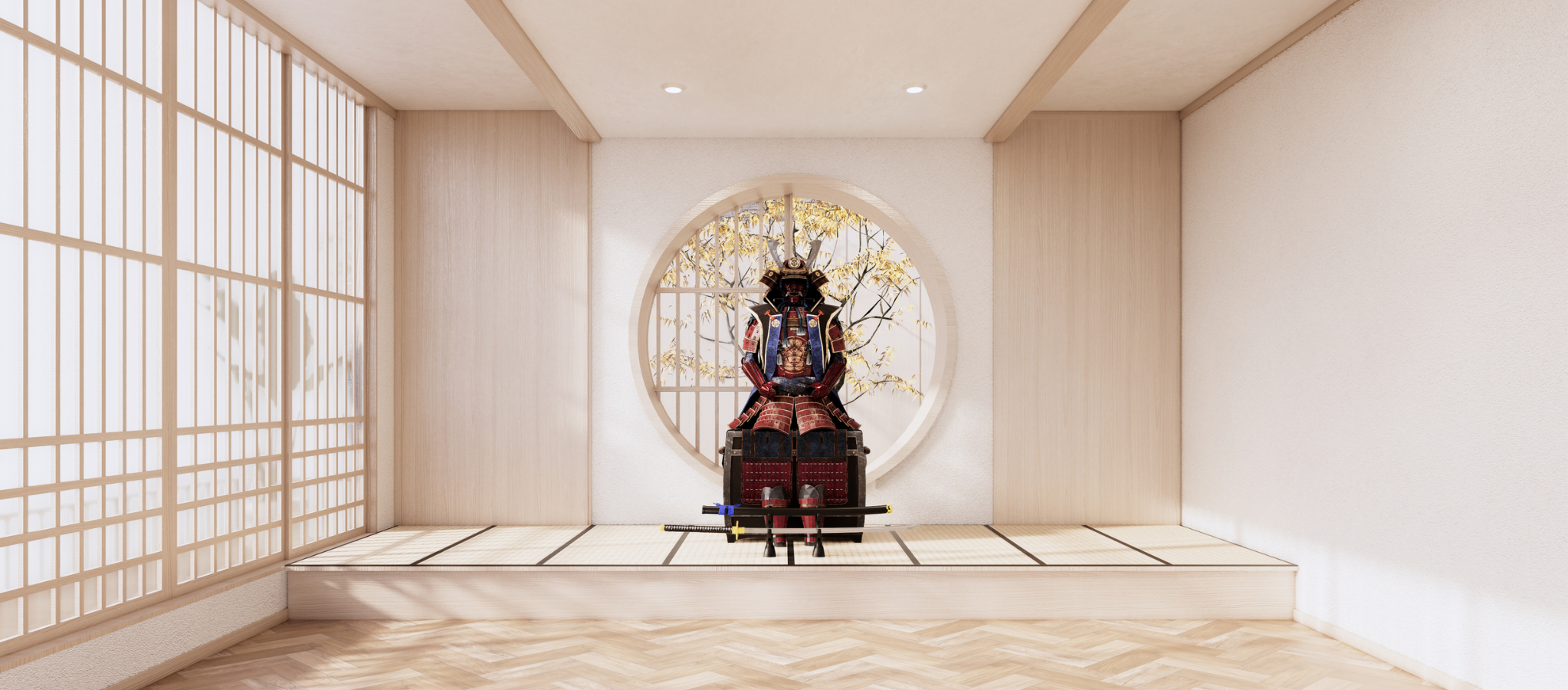 " alt="">
" alt=""> 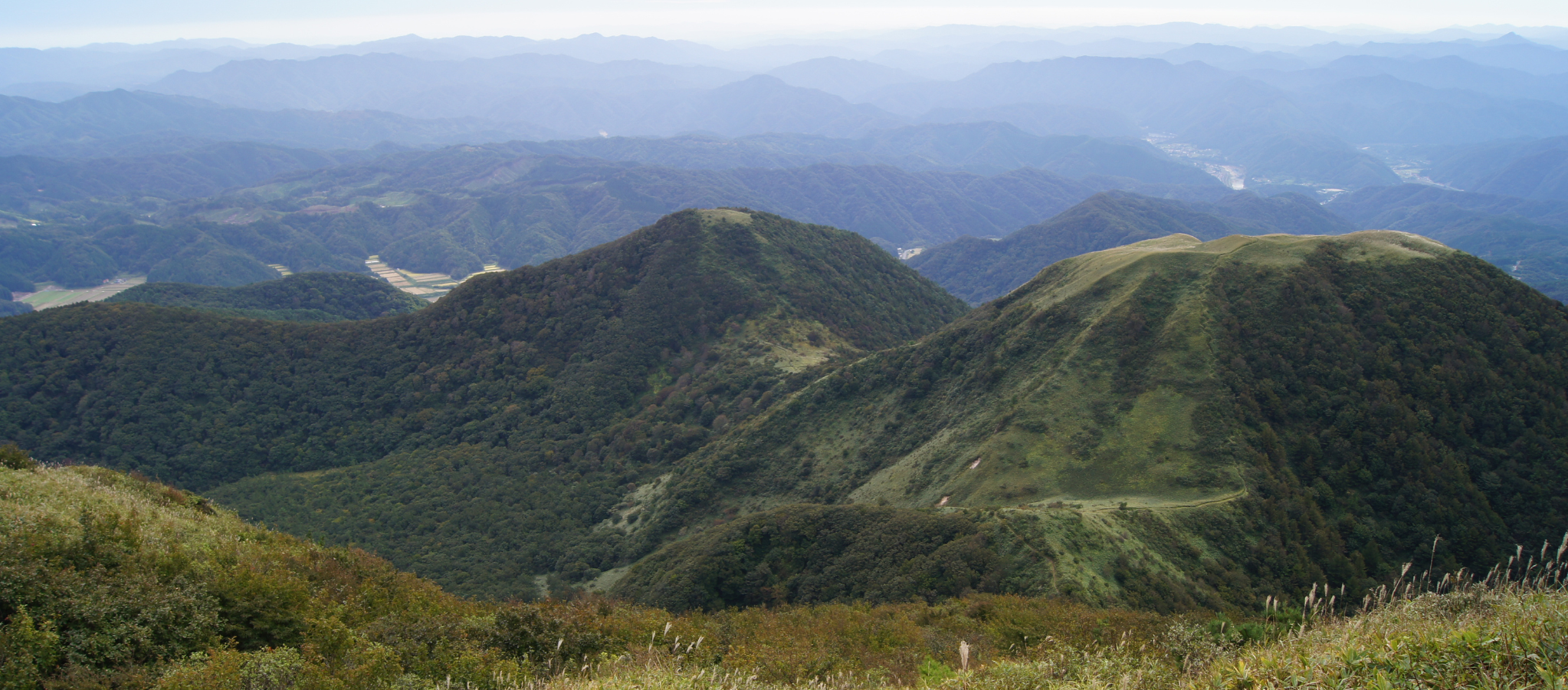 " alt="">
" alt=""> 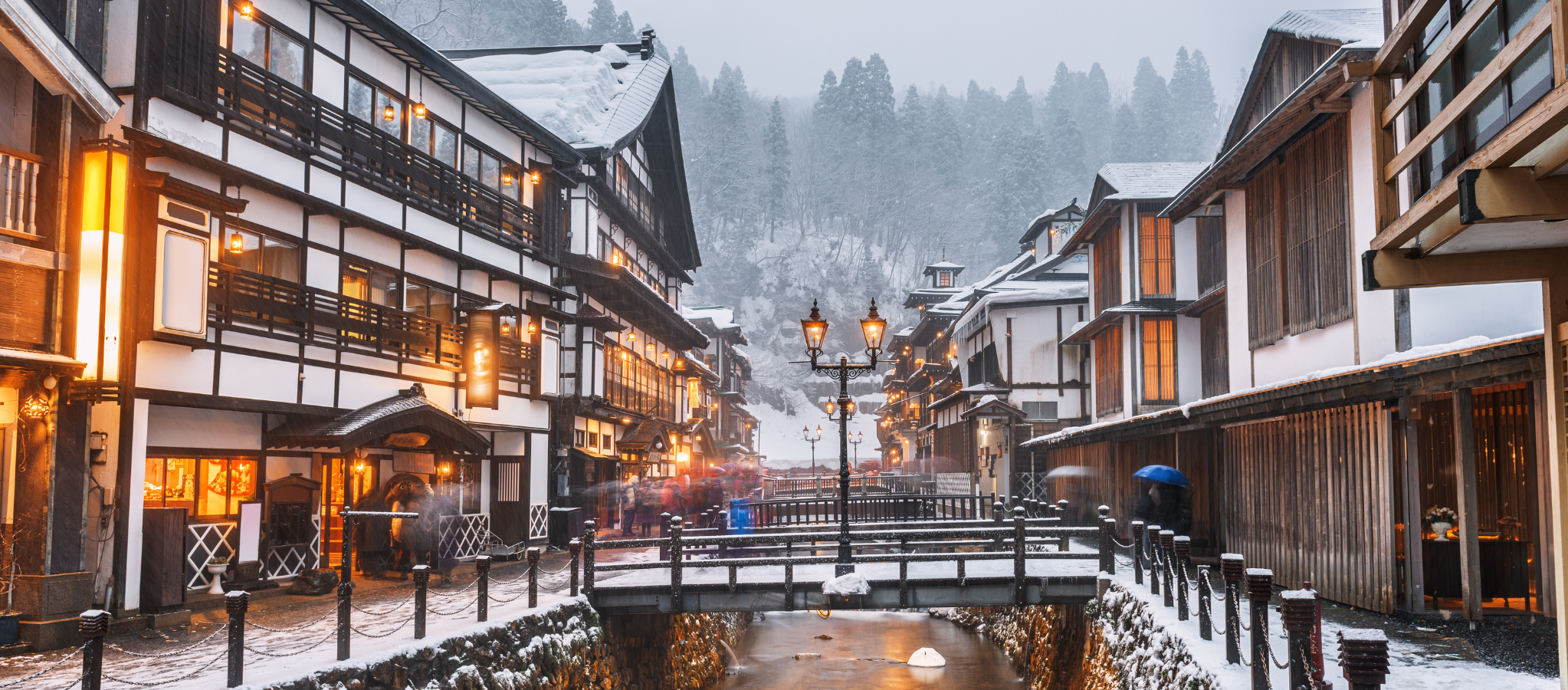 " alt="">
" alt=""> 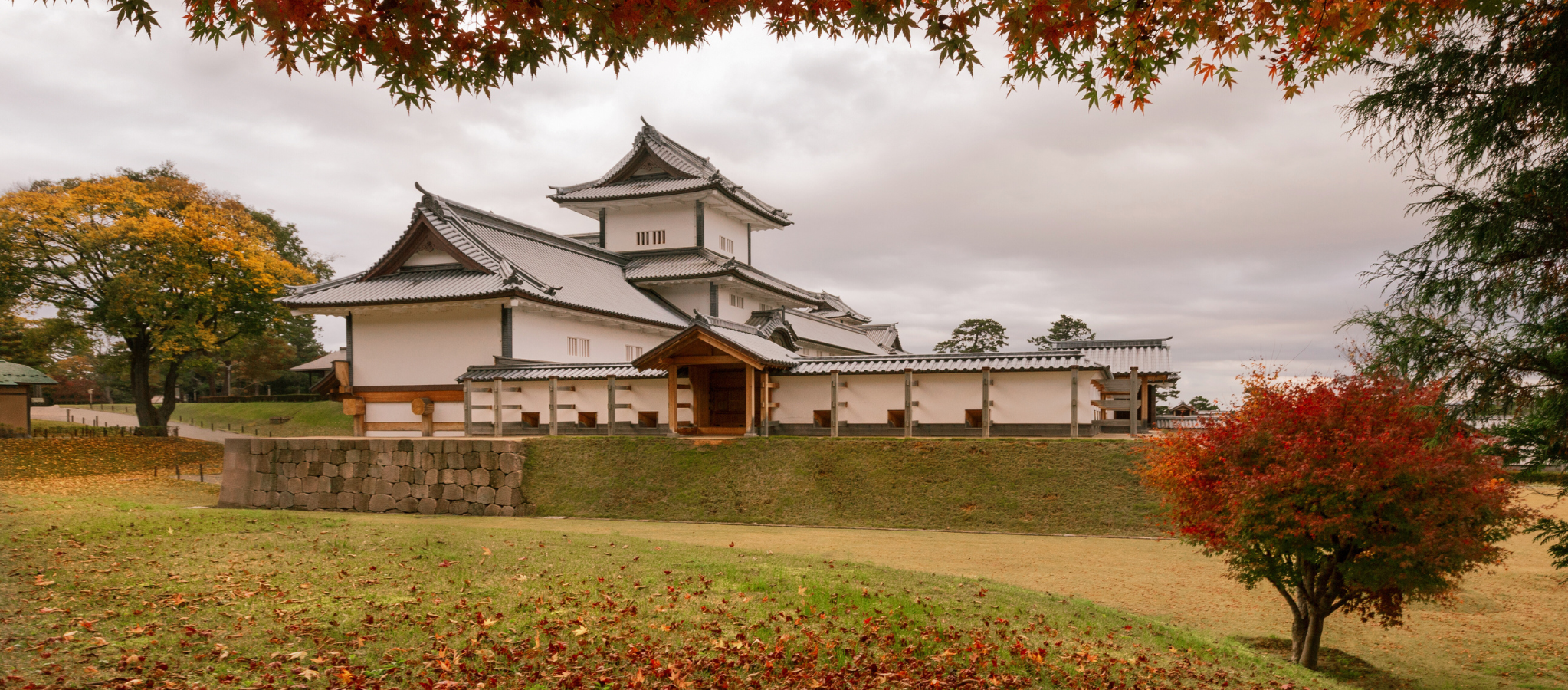 " alt="">
" alt="">  " alt="">
" alt="">  " alt="">
" alt="">  " alt="">
" alt="">  " alt="">
" alt=""> 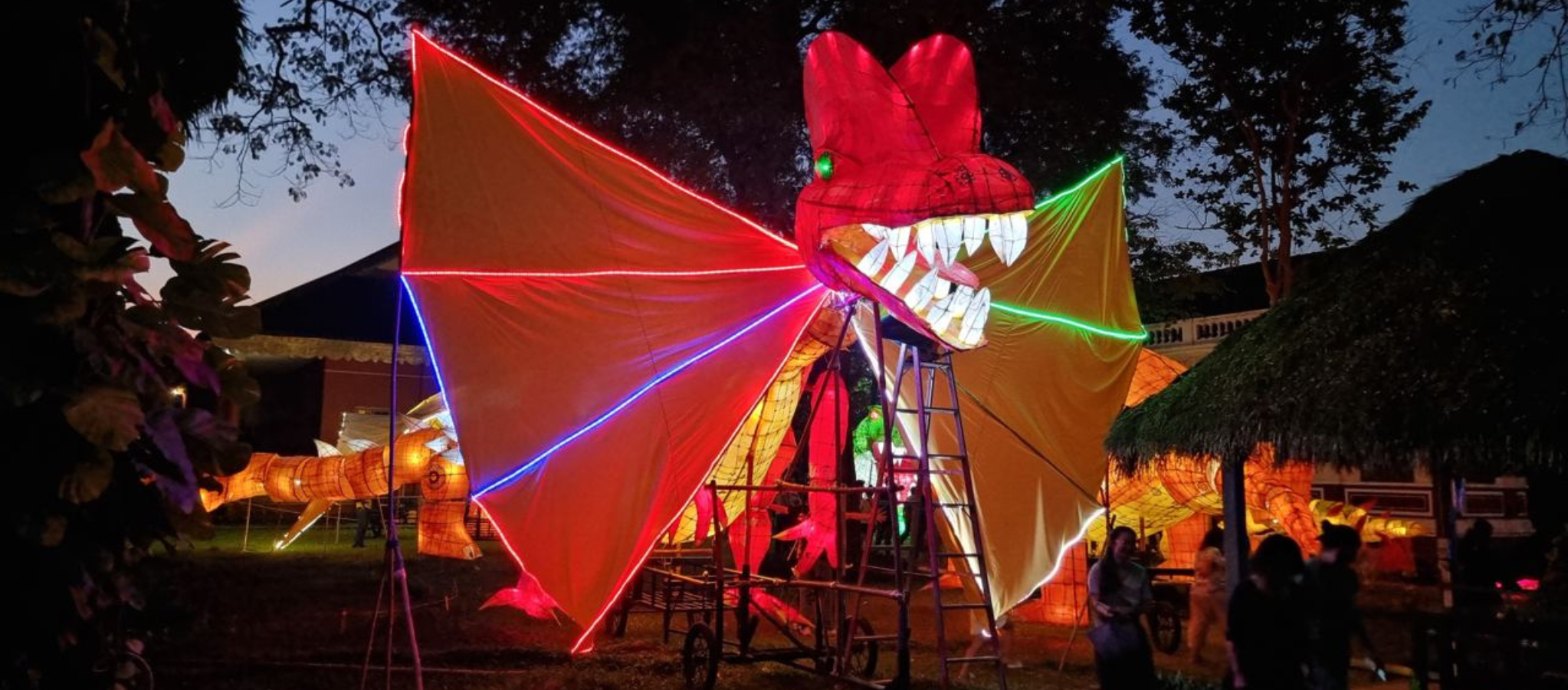 " alt="">
" alt=""> 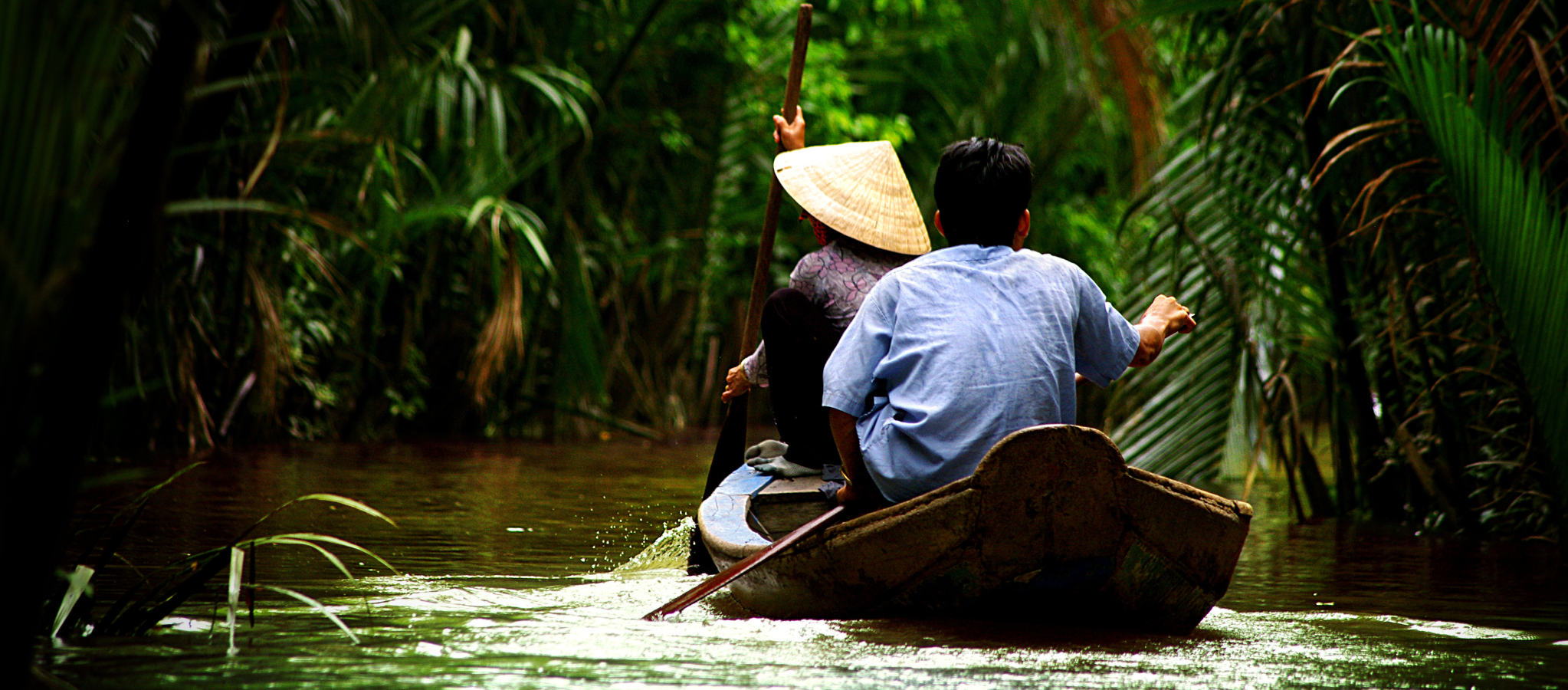 " alt="">
" alt="">  " alt="">
" alt="">  " alt="">
" alt="">  " alt="">
" alt=""> 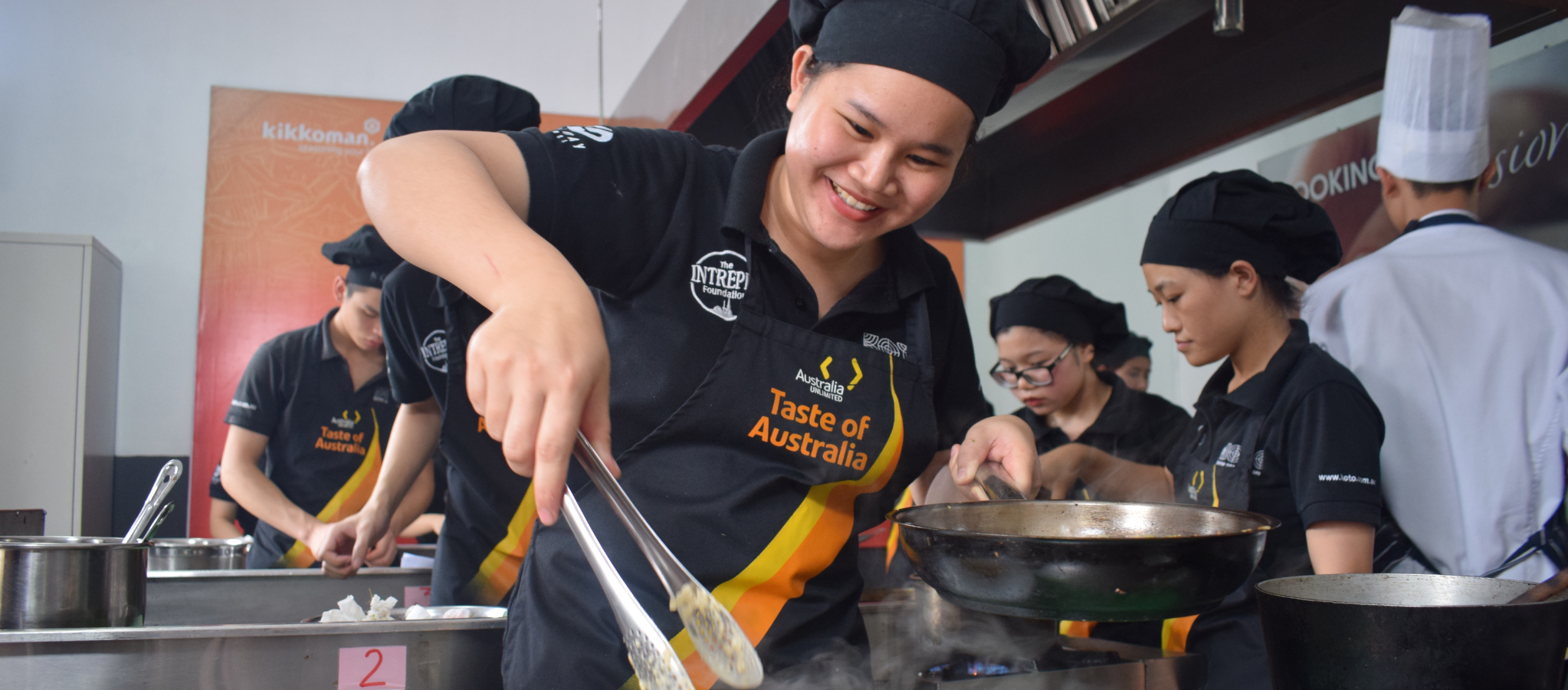 " alt="">
" alt="">  " alt="">
" alt="">